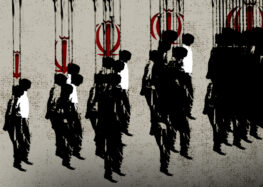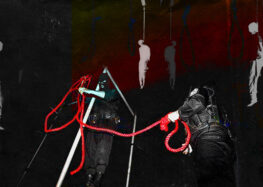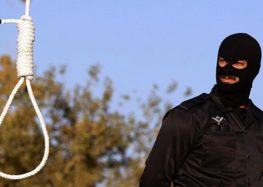Juvenile Executions in Iran

Mohammad Reza Haddadi

Iman Hashemi
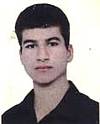
Saeed Reza Hejazi
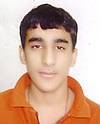
Ahmad Mortazavian
—————————————————–
SEND A LETTER TO IRANIAN LEADERS, CALLING ON THEM TO ABOLISH THIS REPUGNANT PRACTICE.
List of 114 Child Offenders Awaiting Execution in the Islamic Republic of Iran
The worldwide campaign to abolish the death penalty has resulted in the UN General Assembly Resolution 10678 on December 18, 2007, calling for a moratorium on the death penalty. In Iran, the number of executions has increased by 362% since 2005 when Mahmoud Ahmadinejad became president. In 2005, Iran executed at least 86 people; this number rose to 312 in 2007.
According to Amnesty International, Iran executes more people than any other country in the world except China.
Iran leads the world in executing child offenders for crimes they committed under the age of 18. Since 2004, Iran accounts for 73% of all juvenile executions worldwide.
The United Nations General Assembly has expressed concern about the “Execution of persons who were under the age of 18 at the time their offence was committed, contrary to the obligations of the Islamic Republic of Iran under article 37 of the Convention on the Rights of the Child and article 6 of the International Covenant on Civil and Political Rights.”
According to Iranian human rights defenders, there are at least 114 child offenders on the death row in Iran. In 2008, Iran has carried two such executions: Javad Shojai on 26 February 2008 and Mohammad Hassanzadeh on 10 June 2008.
——————————
114 Child Offenders on Death Row
(18 June 2008) The International Campaign for Human Rights in Iran published a list of 114 child offenders awaiting execution in Iran today, the first time such a list has been made available detailing the practice, which has been banned in all but a handful of countries.
The list is the result of comprehensive primary research by prominent Iranian human rights defender Emad Baghi. It forms part of his thus-far unpublished book “Right to Life II,” which demonstrates that such executions are not sanctioned by Islamic law as argued by Iranian authorities. The Iranian censors have not permitted the book to be published.
Baghi’s book is the product of his research into religious sources arguing for the abolition of executions for child offenders. He compiles reliable and official sources for such executions carried out over the past decade. The book was distributed in limited numbers to Iranian officials in the Judiciary and the Parliament as well as to human rights defenders and organizations inside Iran. The Campaign has obtained a copy of “Right to Life II,” which documents approximately 177 execution sentences for child offenders over the past decade. Accordingly, 34 executions have taken place to date, another 114 are apparently pending, and the remainder have been pardoned.
Due to the lack of transparency in Iran’s judicial system, it is possible that some of the 114 juvenile offenders on death row may already have been executed.
Iran leads the world in executing child offenders. In 2008, Iran has carried two such executions: Javad Shojai on 26 February and Mohammad Hassanzadeh on 10 June.
The majority of child offenders on the list are accused of murder. However, as Baghi’s detailed research in his banned book shows, many sentences are based on confessions obtained from child defendants following torture and after interrogations in which they have had no access to a lawyer. Courts routinely ignore evidence presented by defendants demonstrating that they acted in self-defense.
According to Iran’s criminal code, boys may be subjected to penalties including execution at the age of 15 and girls at age of 9. Soghra Najafpour is a woman imprisoned in Rasht prison since 1990 when she was only 13 years old and accused of murder. Mosleh Zamani, another child offender, is sentenced to death for an “illicit relationship with his girlfriend.
See also: http://stopchildexecutions.com/the_row.aspx
——————————

